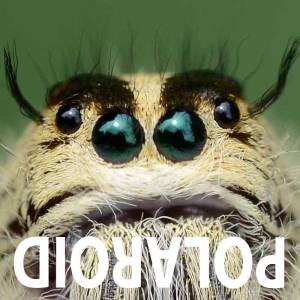Beetle or Bug
In the past I had discussed the difference between dragons and damsels, bees and wasps, flies and bees, and probably a few more. It sounds pretty basic, but often the look the same unless you know the details to look for.
If you want to identify your insect, this is essential knowledge, otherwise you will be searching the bee forums all day looking for a wasp. I have made such mistakes many times, the most embarrassing being a moth which I was searching bee forums for months because I failed to notice key features.
There are two main differences between beetles and 'true bugs'.
Wings - the beetles forewings have evolved to form a hard casing. This may be smooth or textured, but it will not show the vein patterns associated with wings. 'True bugs' have two pairs of wings. The fore-wings, on top, are thickened, but still visible as wings with the vein structure.
Mouthparts - beetles have chewing mouthparts and 'true bugs' have a proboscis for sucking. This proboscis is not retractable and is usually folded along the underside when not in use.
When photographing a suspect beetle or 'true bug', try to get a side view of the head from as low as possible, so you can zoom in for a close look for the presence of the proboscis. Also get a good shot of the top view, to analyze the wing casings. This top view is essential for identification, as the patterns and coloration are your key clues.
Today's image shows a low down side view of a 'true bug', which at first sight I thought was a beetle. Once I saw the proboscis, I re-checked the wing casings and sure enough, it was indeed a 'true bug'.
Bug tends to be a general term for anything with more than four legs. 'True bugs' refer to a specific family of insects called Hemiptera, which is why I have used quote marks.
Dave
- 9
- 2
- Nikon D7000
- 1/50
- f/8.0
- 105mm
- 400

Comments
Sign in or get an account to comment.


